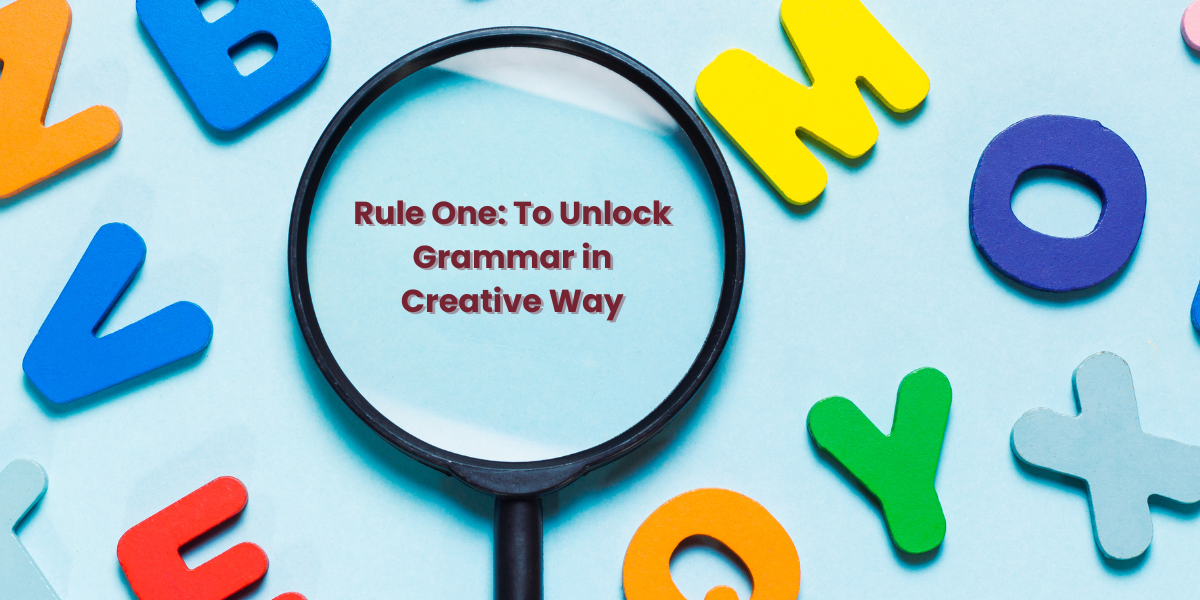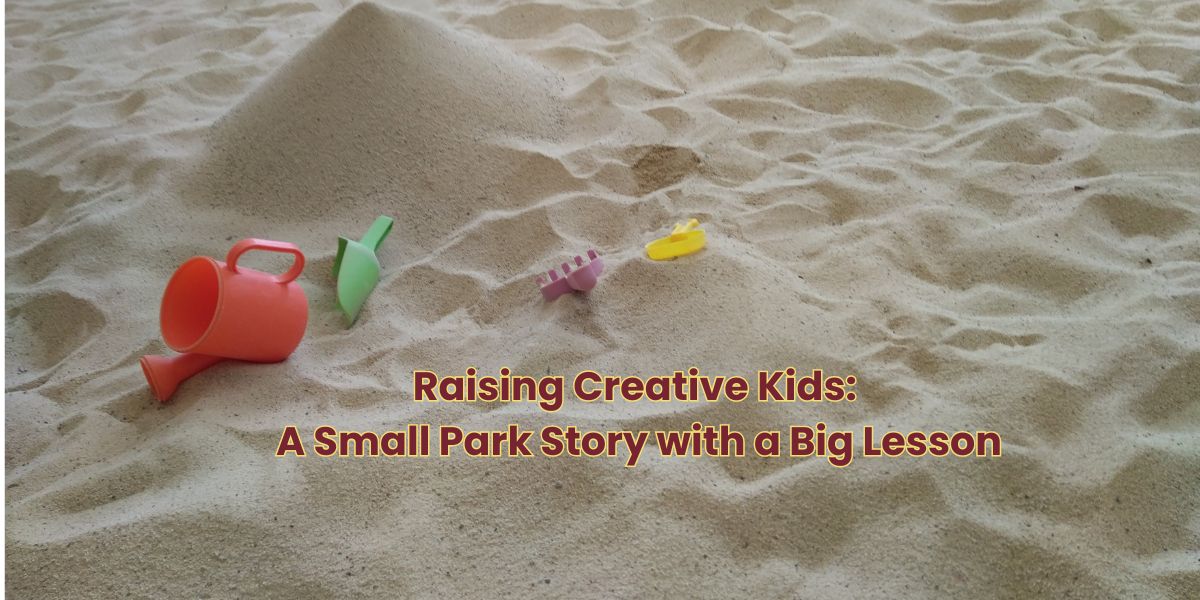
Rule One: To Unlock Grammar in Creative Way
Rule One: To Unlock Grammar in Creative Way
By Janaki K B
Grammar is often seen as a chore. For many students, the word “grammar” brings up images of endless worksheets and dry rules. But here’s the truth: grammar is the foundation of effective communication. And when you make it fun, it becomes much easier to learn!
In fact, a study in 2022 found that students who engaged with grammar through interactive games scored 35% higher in language assessments than those who relied on traditional methods. So, why not make grammar a game? In this article, we’ll explore some creative ways to gamify grammar and turn learning into an exciting challenge!
Let’s dive into one of the most powerful ways to make grammar engaging: Gamifying grammar. By adding an element of play, you can make grammar lessons interactive, competitive, and, most importantly, fun.
Can I tell you a secret?
I have tried the first, third, and Fourth either in my online or offline classroom and trust me, it works!
1. Grammar Bingo: A Fun Twist on a Classic Game
Bingo is a game almost everyone knows. It’s surprisingly effective for learning grammar. You can use a Bingo card to focus on different grammar rules, such as verb tenses or parts of speech.
Example 1: Verb Tense Bingo
Create a Bingo card with different verb tenses in each square—past, present, future, and more. As you read a passage, have students identify the verb tense used in each sentence. The first student to get five in a row shouts “Bingo!” This game keeps students engaged while reinforcing verb tense usage in a fun, competitive way.
Example 2: Parts of Speech Bingo
In this version, each Bingo square contains a part of speech, such as noun, verb, adjective, or adverb. As you read a story or passage, students identify the parts of speech and mark them off on their cards. This helps them understand how different parts of speech work together to form sentences.
2. Sentence Scramble: A Creative Way to Build Sentences
Sentence Scramble is another great way to gamify grammar. In this activity, students are given a set of words and must rearrange them to form a grammatically correct sentence.
Example 1: Simple Sentences Scramble
Give students a set of words like “dog,” “chased,” “the,” “ball,” and “quickly.” Their task is to rearrange the words into a proper sentence: “The dog quickly chased the ball.” This exercise reinforces sentence structure and word order.
Example 2: Complex Sentences Scramble
Once students get comfortable with simple sentences, increase the difficulty by adding more complex sets of words. For example: “she,” “a book,” “reading,” “was,” “when,” “it,” “started,” “rain.” The correct sentence is: “She was reading a book when it started to rain.” This helps students practice constructing more complex sentences and understanding how ideas are connected.
3. Quizzes: A Digital Grammar Showdown
In today’s digital age, we can turn grammar practice into a high-energy game show. Students can participate using their phones or computers, answering questions about grammar topics in real-time.
Example 1: Tense Challenge
Create a quiz focused on identifying the correct verb tense in sentences. Students will have to choose the right tense based on context. The time pressure and instant feedback keep them engaged and motivated to pay attention to verb tense rules.
4. Grammar War: The Ultimate Grammar Showdown
This is a classic game that can easily be adapted to teach grammar. You can create categories like “Parts of Speech,” “Sentence Structure,” “Punctuation,” and “Verb Tenses,” turning grammar review into a fun and competitive team activity.
Example 1: Parts of Speech war
In this version, teams are asked to identify the part of speech for a word in a sentence. For example: “What part of speech is the word ‘quickly’ in the sentence ‘She ran quickly’?” The correct answer is “adverb.” This game reinforces students’ understanding of parts of speech in a fun, team-based environment.
Example 2: Sentence Structure Jeopardy
You can also focus on sentence structure. Ask teams to identify whether a sentence is simple, compound, or complex. For example: “Is the sentence ‘I went to the store, and I bought some milk’ simple, compound, or complex?” The correct answer is “compound.” This helps students understand different sentence types and how to construct them correctly.
Final Thought: Grammar as Play, Not Work
Grammar doesn’t have to be a tedious task. By gamifying it, you can make learning grammar engaging, fun, and effective. Whether you’re using Bingo, Sentence Scramble, Quiz, or War, these games not only reinforce grammar rules but also help students retain them better. When learning feels like play, the rules of grammar become second nature.
So, why not make grammar fun? It’s a win-win!




Better way to teach grammar, children learn and understand the concepts for general application in life.